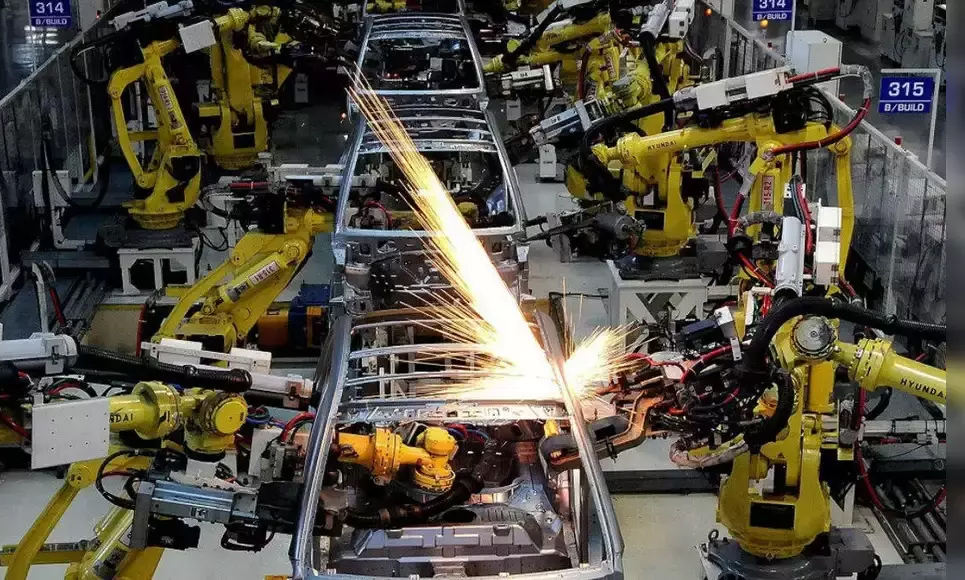Finance Minister Sitharaman’s recent address at the CII Annual Business Summit underscores a pivotal moment for India’s economic strategy. Emphasising the need to boost the manufacturing sector, Sitharaman’s vision aligns with the broader agenda of achieving ‘Atmanirbhar Bharat’. India’s manufacturing sector, historically overshadowed by its robust services sector, holds untapped potential to significantly contribute to the global value chain. The Minister highlighted that post-COVID-19, the global economic landscape is ripe for India to position itself as a manufacturing hub. The “China plus one” strategy, wherein companies seek to diversify their manufacturing bases away from China, presents a unique opportunity for India to attract substantial foreign investments. As pointed out in a research report, 65% of the 760 executives surveyed planned to boost their investments in India, so the narrative of India’s manufacturing renaissance gains credibility. These investments are not merely about capital inflow; they signal a shift towards a more diversified and resilient economic structure.
The production-linked schemes have already showcased their efficacy, as the telecom sector has achieved a remarkable 60% import substitution. From a staggering 78% import dependency in 2014, today, 99% of all mobiles sold in India are domestically manufactured. Apple’s increased manufacturing footprint in India, with exports worth USD 1.1 billion, is a testament to India’s growing prowess. Such developments signal that India can indeed become a significant player in the global manufacturing arena. Moreover, the increase in value addition in electronics and smartphone manufacturing from negligible levels to over 20% marks a commendable stride towards product manufacturing. Simultaneously, India continues to dominate the global capability centres (GCCs) landscape, holding over 50% of the world’s GCCs. This dual focus on enhancing both the manufacturing and services sectors is crucial for balanced economic growth. Key factors have been policy stability, corruption-free decision-making, and facilitative governance, creating a conducive environment for sustained growth. By positioning the private sector as a key partner, the government acknowledges its crucial role in driving India’s development. This collaborative approach ensures that India’s journey towards becoming a self-reliant economic powerhouse is inclusive and dynamic.


